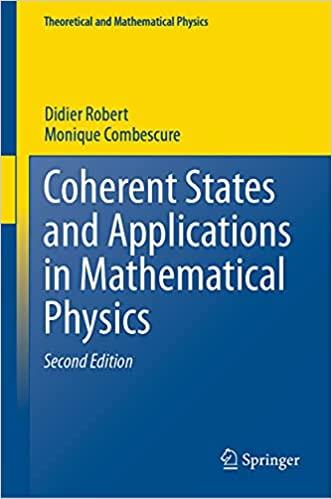Question
Dear tutor, I need help for Part c of my lab. You may or may not need the links provided below. Here is the link
Dear tutor, I need help for Part c of my lab. You may or may not need the links provided below.
Here is the link to the Spectroscopy simulation: http://www.jjdebenedictis.com/Spectroscopy/
this will teach you why gases of atoms and molecules emit only a few wavelengths of light: https://youtu.be/lGjhXpPv634
Experiment 7
SPECTROSCOPY
In most branches of science, scientists can take a sample of whatever they're studying for closer examination in the laboratory. Astronomers, however, work with the handicap of being separated from the objects we study by enormous distances.
Given that we are mostly restricted to observing the light that arrives here from distant objects, astronomers make as much use as possible from this light, using every method available.
One such method is spectroscopy. Spectroscopy is a technique that breaks down light into its constituent parts. The "parts" are the light at different wavelengths (different colours).
A spectrometer is a device that breaks down incoming light into these separate colours. (In this sense, there are "spectrometers" in nature, such as the rain droplets that break down sunlight into a rainbow.) At an observatory, spectrometers record and measure the spectrum of the light that is fed into them from the telescopes. By studying the spectrum of a star, a galaxy, or any celestial object, we can gain much valuable information about the object.
For one, the spectrum of a moving object can be used to measure its speed using the Doppler Effect (redshift). This uses the same principle that allows the police to measure the speed of a moving car.
Another application of spectroscopy is to determine the chemical composition of an object. This is possible because every element and every molecule emits light at specific wavelengths in a way that is unique to that substance. For example, if you see light from a star appearing at the wavelengths for Oxygen, then you can conclude that this star contains Oxygen.
There are many types of spectrometers, but the two main types used for visible wavelengths are the grating spectrometer and the prism spectrometer.
A prism uses the fact that light of different wavelengths will refract ("bend") by slightly different angles when they pass through a glass wedge (the prism).
A diffraction grating is a transparent material that has very fine lines etched into it at regular spacings. Some of the light that passes through a grating also changes direction in a way that depends on wavelength, allowing the diffraction grating to also spread out light into its different colours.
Part C: Exploring Light Spectra at Home
You've probably noticed that CDs and DVDs reflect rainbow colours. These are light spectra! The rings of data etched into the metal surface of the CD or DVD are of the right spacing to act as a diffraction grating and spread out light according to its wavelength.






Step by Step Solution
There are 3 Steps involved in it
Step: 1

Get Instant Access to Expert-Tailored Solutions
See step-by-step solutions with expert insights and AI powered tools for academic success
Step: 2

Step: 3

Ace Your Homework with AI
Get the answers you need in no time with our AI-driven, step-by-step assistance
Get Started


